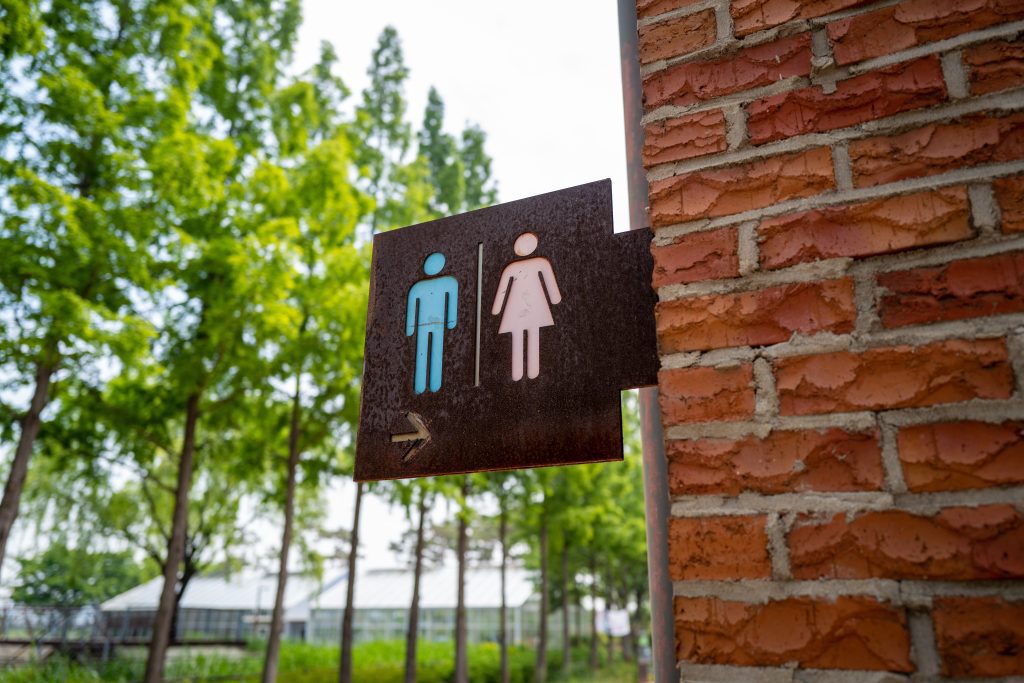
Allow us to help you be the boss of your bladder, and not the other way around!
It can be extremely frustrating to live with a bladder that wants to empty ALL the time. This can be a common problem for both women & men, and is usually a simple issue to fix. Read on to understand the *why* behind your frequent trips to the bathroom. We will also go over techniques to help get better control of your bladder, and also stop any leaking that may be happening on the way there!
Causes of Frequent Bladder Emptying
When someone has to empty their bladder very frequently, and is unable to hold their urine for a minimum of 1.5 – 2 hours, they are experiencing Bladder Frequency.
If the frequent trips to the bathroom are accompanied by strong, sudden and unexpected urges to empty the bladder, the condition is called Bladder Urgency. This can be further complicated by urine leaking when the bladder urgency & frequency occur.
Here are some reasons you may be experiencing Bladder Frequency & Urgency:
1. You have Overactive Bladder or some other inflammatory condition
Individuals who have a medical diagnosis like overactive bladder syndrome, painful bladder syndrome, or interstitial cystitis commonly experience increased frequency & urgency of the bladder. Depending on the severity of the condition, these individuals may also experience sensations of pressure or cramping over their bladder in the lower abdominal area (near the pubic bone).
Those with other inflammatory conditions like IBS, Crohn’s, Endometriosis among others may also experience these symptoms. In these cases, the person’s bladder signals the need to empty before it is full, typically when the bladder has reached 25-30% of its capacity.
Decreasing the inflammation associated with these conditions will help to decrease the frequent need to empty the bladder.
2. Your Pelvic Floor is tight and causing bladder sphincter activation
Just like any other muscle group in the body, the pelvic floor muscles can become tight and causes issues with the related organs.
A tight pelvic floor can affect the optimal functioning of the organs closely related to it, i.e, the bladder, uterus & vagina, rectum ad prostate. If the pelvic floor is too tight, it can cause pinching on the base of the bladder, creating a false sense of fullness that sends the brain a signal about needing to urinate.
Pelvic floor muscle tightness can be caused due to a sedentary lifestyle, hip strengthening & toning exercises without adequate stretching, experiencing chronic stress at home or work, and injuries to the tailbone among other reasons.
3. You have created a poor muscle memory pattern
Quite like any other muscle, the bladder can develop muscle memory patterns. If you have developed a habit of emptying your bladder “Just In Case” (JIC), before it has reached fullness, you may have created a dysfunctional muscle memory pattern for your bladder.
By going Just-in-Case – just in case there is no clean bathroom at the grocery store, just in case you won’t find a rest stop on your road trip, just in case traffic is too heavy on the way back home etc – you have habituated your bladder to empty before it has reached full capacity.
The good news is that just as the bladder can be trained to empty too early, the bladder can be re-trained to empty only when full.
So let’s explore all the ways you can develop better bladder control!
Tips to improve bladder control
The following guidelines are generalized recommendations based on research studies and clinical experience. Please consult with your physician or pelvic floor therapist before making any adjustments to your diet, supplements or lifestyle.
1. Understand normal bladder mechanics.
Human beings are creatures of habit – the patterns & habits we create for our bladder are the ones it will continue. So let’s start by retraining the faulty bladder habits that lead to frequent trips to the bathroom and even urinary leakage.
We start Bladder Retraining by learning what ideal bladder control looks like.
Normal bladder volume : 10 to 18 oz of liquid
Normal bladder emptying interval : 2 to 4 hours between 2 bladder empties
Despite the frequent urge to empty your bladder, you may have noticed that your bladder is able to hold itself if you’re busy or distracted, for example – when busy at work, or distracted by tasks at home. However, if you actively “think” about your bladder, you may notice the need to urinate.
To change this dysfunctional pattern, it helps to remember the above normal values and remind yourself that it has not been 2 hours, and that you haven’t consumed 10-12 oz of liquid since you last emptied your bladder. By mentally “telling” your bladder not to empty, you’re relying on the brain’s cortical control system over the bladder to override signals to empty prematurely.
While this may seem initially unachievable, with practice, it becomes easier.
2. Soothe your bladder
A bladder that is irritated will want to empty quickly. You can help your bladder be calmer by decreasing the intake of irritating foods and drinks such as caffeinated beverages, bubbly drinks, alcohol, acidic foods, and spicy foods.

You can also help soothe your bladder by increasing your water intake. By consciously limiting water intake to avoid trips to the bathroom, you may be making your urine more acidic. The increased acidic nature of your urine can cause irritation of your bladder lining, and increase your urge to urinate and can even cause urinary leaking.
It is also important to not “chug” water, as this can overload your bladder with a high inflow of liquid. Instead, choose to sip water through the day.
If you’re experiencing increased bladder irritation & cramping, you may get some relief by using baking soda. A common recommendation is to add 1 tsp of baking soda to 8 oz and drink it one or two times a day.
Please note that prolonged use of baking soda to decrease heartburn and bladder irritation is not advisable. Individuals who have been asked to limit sodium intake, and those needing to use this home remedy for longer than 2 weeks, should stop baking soda use and contact their health care provider for further guidance.
Heal from Leaking & Pain today!
3. Use your pelvic floor
Remember that scene from movies, where someone is scared and ends up wetting their pants? That is based in fact – our bladder will reflexively start emptying if we feel very anxious or transition to the “fight or flight” state of our nervous system.
So to remain dry till you make it to the bathroom, focus on remaining calm by taking 3 long exhales as you contract & lift your pelvic floor, aka, do a kegel. You could also sit on a firm surface and perform 3 repetitions of an endurance kegel(holding a kegel for at least 5 seconds before relaxing). This should help decrease the strong urgency you may have experienced.
The trick in staying dry till you sit on the toilet is to continue remaining calm as you walk, not run, to the toilet. You can use a little mental task such as saying the alphabet backwards to distract your mind from the overwhelming need to pee. Doing an endurance kegel as you undo your clothing and sit on the toilet can also help improve your control.
4. Add Pelvic Floor Strengthening to your Routine

Doing kegel training or pelvic floor strengthening 5-7x/week is sufficient to achieve bladder control for most people. To be most effective, pelvic floor tightening and relaxing should be practiced in a variety of positions – laying down, sitting down, standing, lunging, single leg stance etc.
If you have been focusing on your pelvic floor muscle strength & flexibility and continue to experience leakage or pain, please contact our pelvic floor specialist for individualized advice.
In conclusion, bladder leakage is not normal at any age for any gender. If you experience this concern, the above recommendations should help you see improvements. If your progress is limited or you desire personalized treatment, contact us today to get started with in-person or virtual care to improve your confidence in your bladder and yourself!


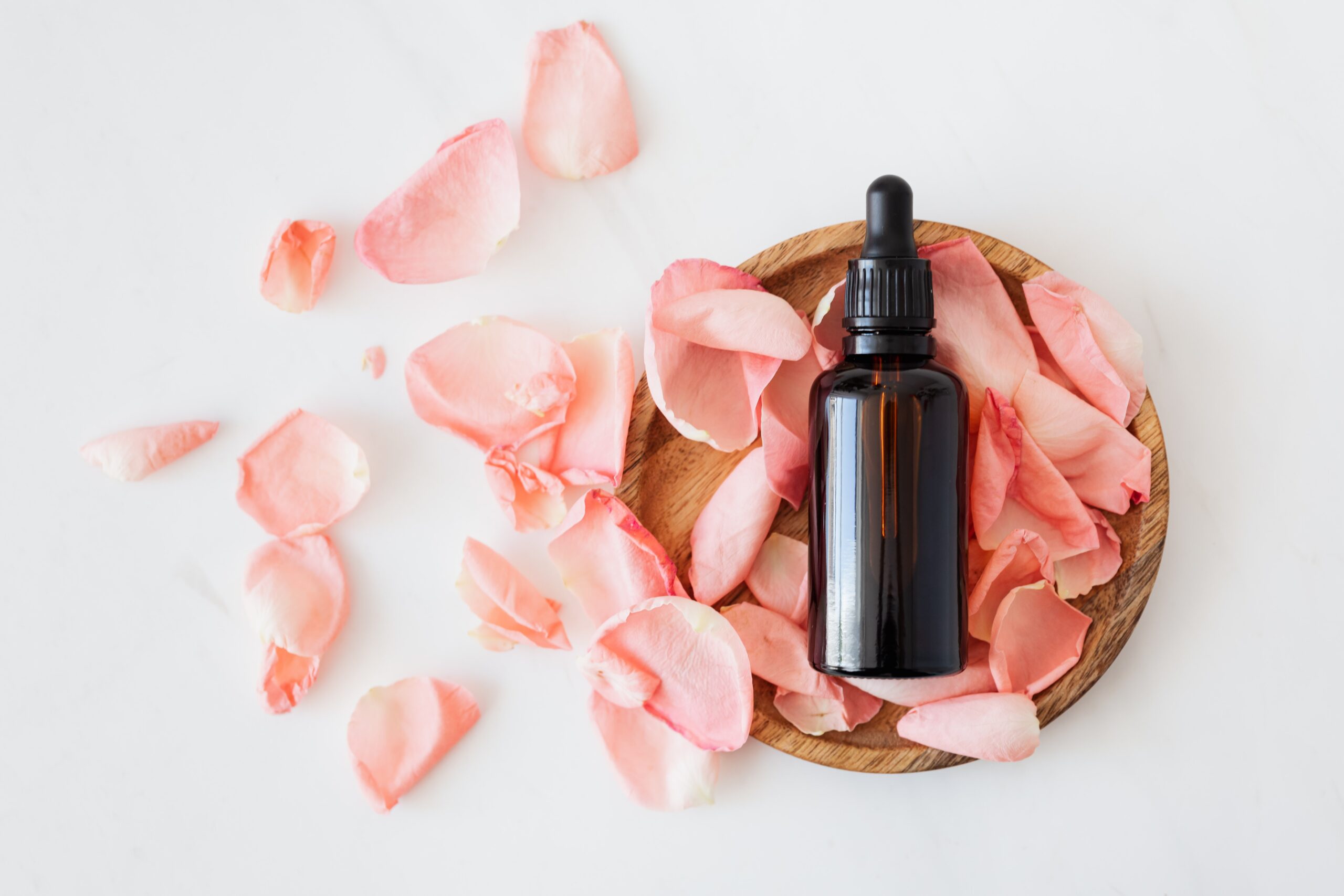
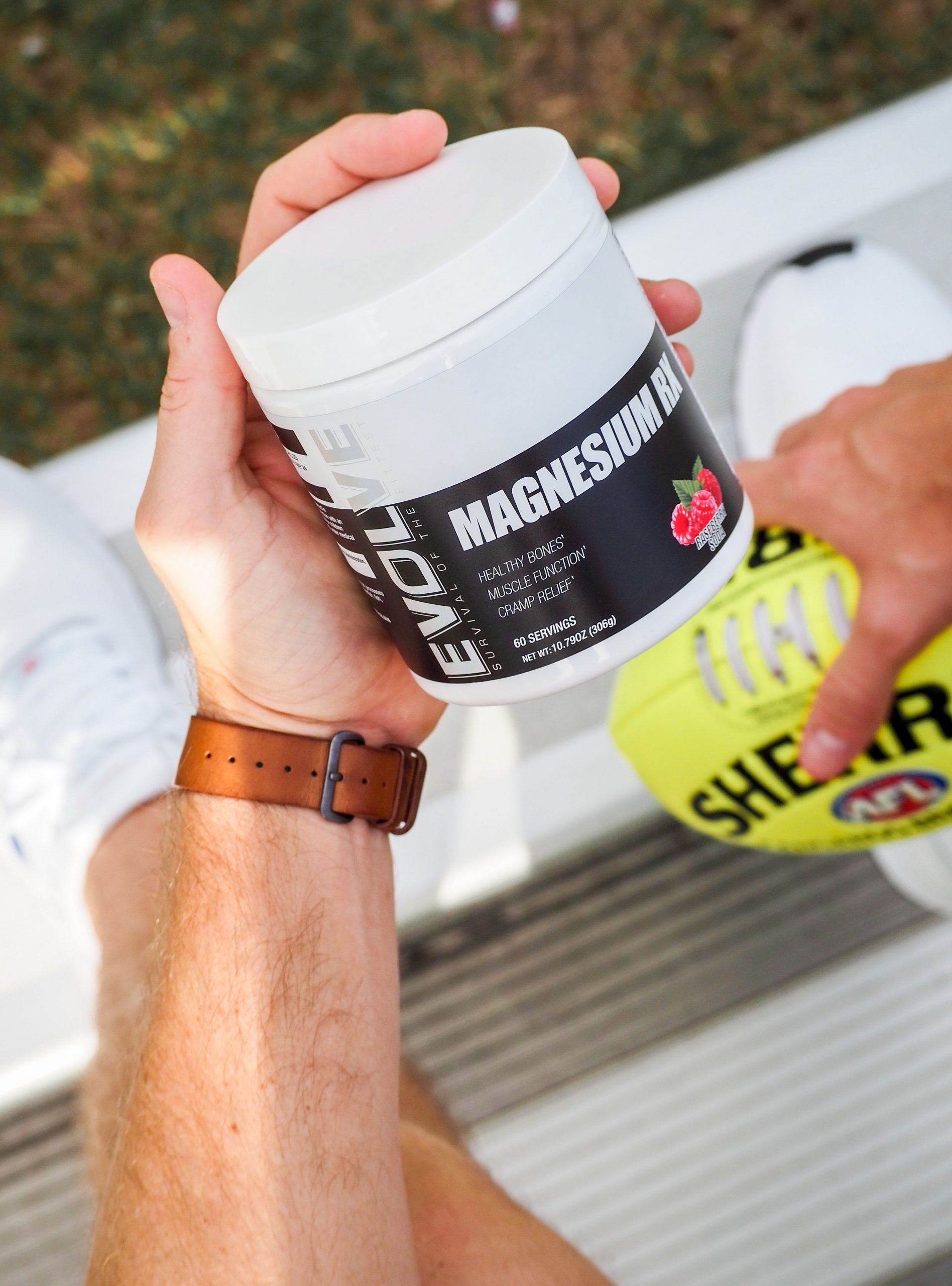
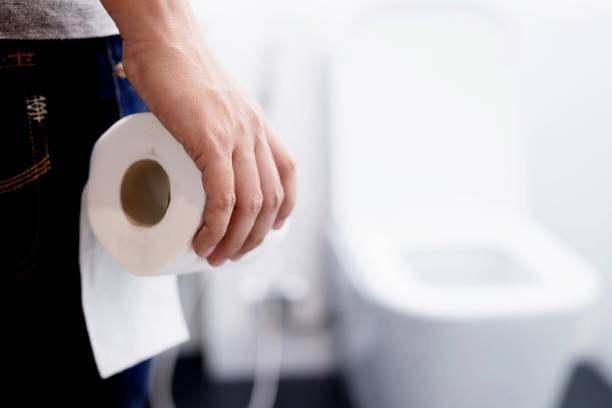
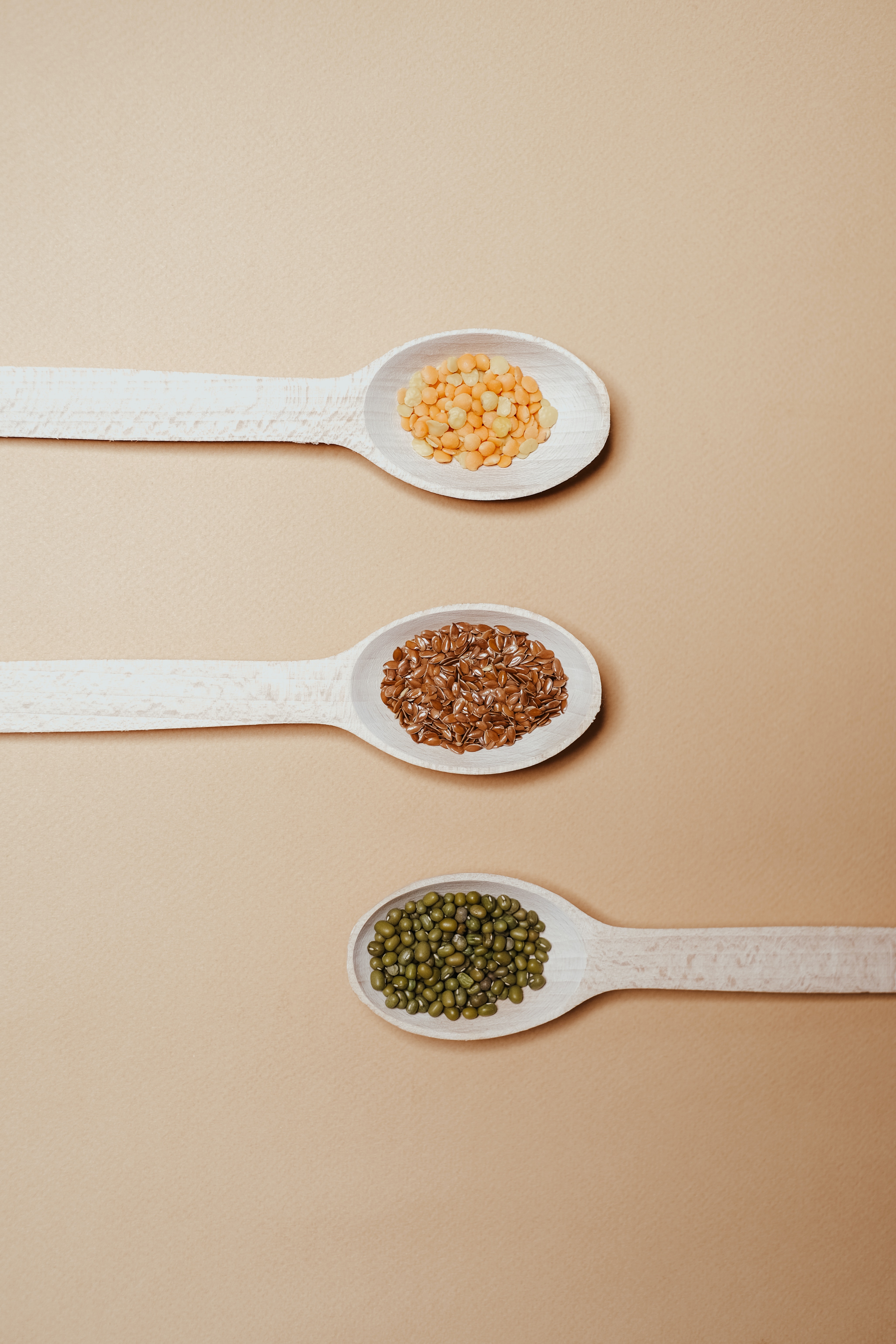
2 thoughts on “Forever running to the Bathroom?”
Great info, especially about retraining your bladder. Thanks.
You’re so welcome! We’re glad you find our pelvic health and bladder retraining information helpful!